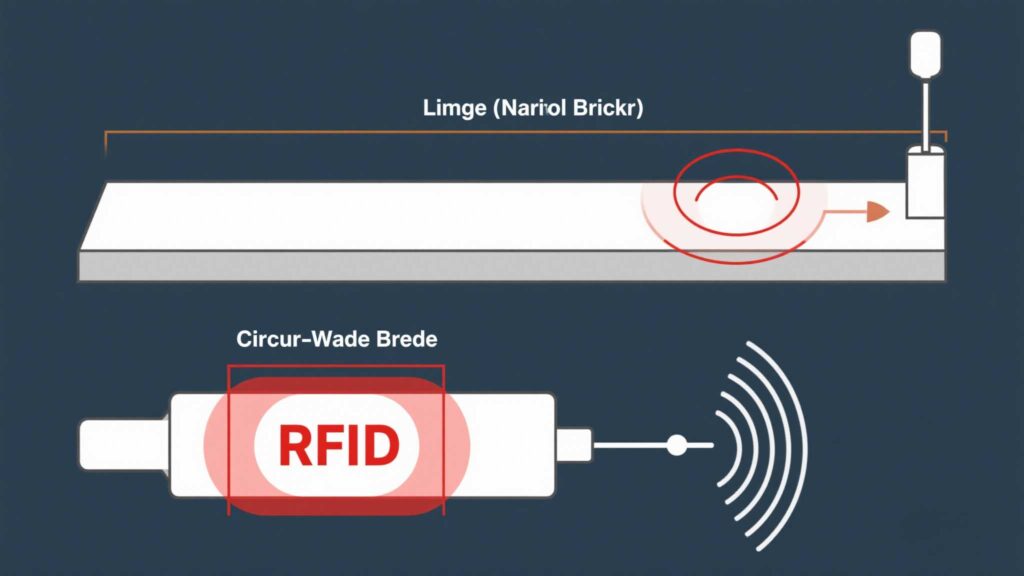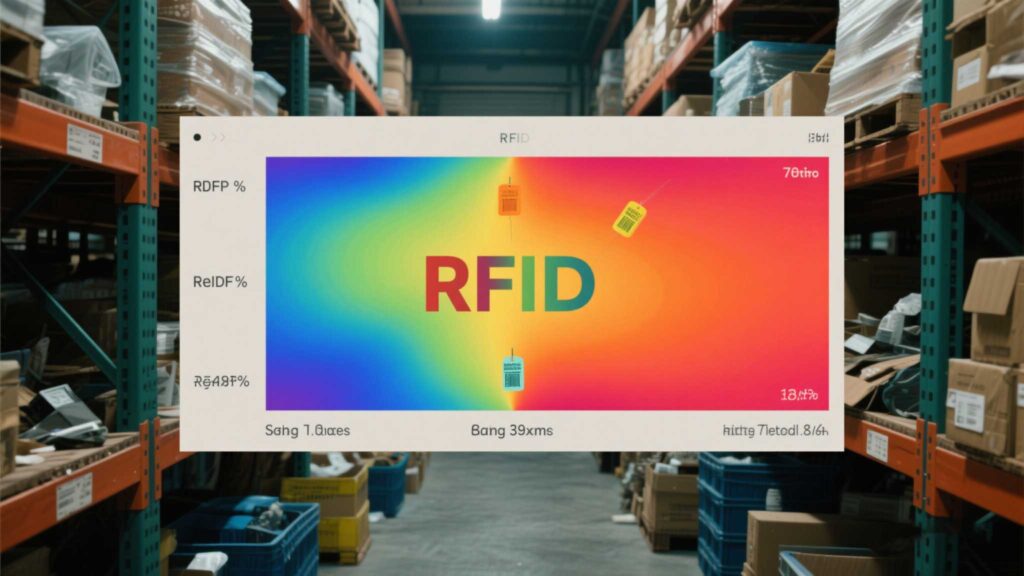Are there waterproof handheld RFID readers designed for outdoor use?
569Discover the best waterproof handheld RFID readers for outdoor use. Compare IP ratings, durability, and UHF performance for construction, agriculture, and logistics.
MoreAll RFID Product
In crowded spaces like warehouses or retail backrooms, RFID systems face a perfect storm of challenges: tangled signals, unpredictable tag orientations, and interference from metal or liquids. The difference between a flawless scan and a missed tag often boils down to one critical choice—linear or circular polarization. Let’s dissect how these RFID Antenna types perform in dense environments and when to use each for maximum efficiency.

RFID antennas emit electromagnetic waves that “talk” to tags. The wave’s orientation—polarization—determines how well tags respond.
Analogy: Think of linear polarization like a laser pointer (focused but narrow) and circular polarization like a flashlight (wider but less intense).
Strengths:
Weaknesses:
Best For:
Strengths:
Weaknesses:
Best For:

| Scenario | Linear Polarization | Circular Polarization |
|---|---|---|
| Metal Shelves | Poor (reflections disrupt) | Good (resists interference) |
| Mixed Tag Orientations | Poor (misses rotated tags) | Excellent (reads all angles) |
| Long-Range Scanning | Excellent | Moderate |
| High-Speed Conveyors | Good (fixed tags) | Fair (energy loss at speed) |
Case Study: A Cykeo client reduced missed reads by 55% in a cluttered warehouse by switching from linear to circular antennas near metal racks.
In complex environments, combine antenna types:
Pro Tip: Use dual-polarized antennas to toggle between modes dynamically.
Takeaway: In dense environments, circular polarization often wins—but don’t force it. Let your workflow’s chaos level decide. For mixed setups, Cykeo’s hybrid antennas offer a “best of both worlds” fix without overhauling infrastructure.
Discover the best waterproof handheld RFID readers for outdoor use. Compare IP ratings, durability, and UHF performance for construction, agriculture, and logistics.
MoreRFID handheld terminals deliver mobile inventory control with real-time scanning. Discover applications, key features, and how they reduce operational costs.
MoreHow UHF RFID reader desktop setup helps streamline tag encoding, product verification, and short-range inventory tasks. Learn real-world setup tips, performance limits, and integration advice.
MoreLearn how to install RFID antennas correctly and avoid interference issues. Step-by-step guide for warehouses, factories, and retail environments.
More